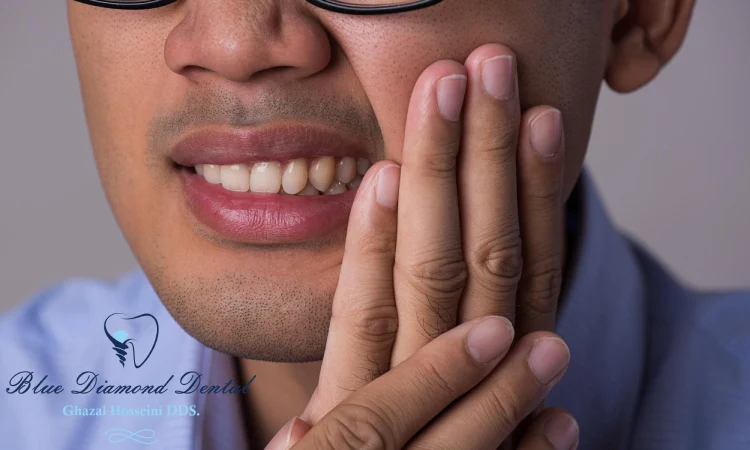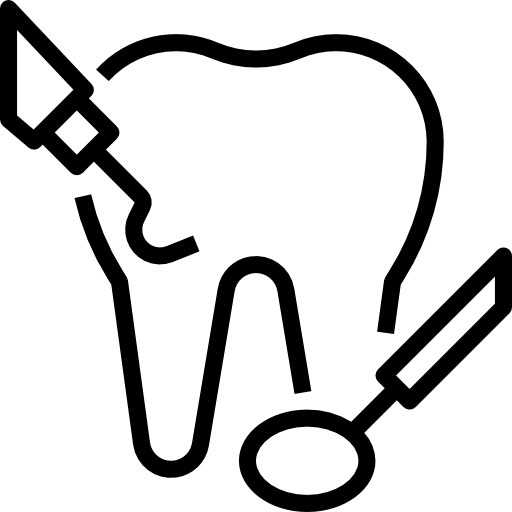
how to fix a chipped tooth at home
Attempting to fix a chipped tooth at home can be risky, but there are some temporary measures you can take until you can see a professional. One option is using dental wax or cement, both of which are available over the counter at most pharmacies. These products can help smooth out the rough edges of the chipped tooth and protect it from further damage. Another temporary fix is using sugar-free gum to cover the chipped area, providing a protective barrier until you’re able to visit a dentist.
It’s important to note that these home remedies are not permanent solutions and should only be used in emergencies. Seeking professional dental care as soon as possible is crucial when dealing with a chipped tooth, as attempts to fix it at home could lead to further damage or infection. Remember that maintaining good oral hygiene and scheduling regular dental check-ups can help prevent future issues with chipped teeth.
Types of Chipped Teeth
The most common type is the craze line, which appears as small, superficial cracks on the outer enamel of the tooth. This type of chipped tooth typically does not cause any pain or discomfort and may only be noticeable upon close inspection.

Another type is the fractured cusp, where a piece of the tooth’s chewing surface breaks off due to injury or decay. This can result in sensitivity and discomfort while eating or drinking. For more severe cases, a vertical root fracture occurs when a crack extends from the root upwards towards the chewing surface of the tooth. This type often goes unnoticed until it causes inflammation or infection in surrounding gum tissue.
While some home remedies claim to fix a chipped tooth at home, it’s essential to seek professional dental care to avoid further damage and ensure proper treatment. Attempting DIY fixes could potentially worsen the condition and lead to complications down the road. Consulting with a dentist will provide personalized solutions for each specific case of a chipped tooth while ensuring long-term oral health and aesthetics.
What To Do After Chipping a Tooth
If the chip is minor, you may be able to temporarily fix it at home using dental wax or an over-the-counter temporary filling material. This can help protect the tooth from further damage and relieve any discomfort caused by sharp edges. However, it’s crucial to visit a dentist as soon as possible to determine the best course of action for a more permanent solution.

In some cases, a chipped tooth may require professional treatment such as dental bonding, veneers, or crowns to restore its appearance and function. These procedures are typically painless and can be completed in just one or two visits to the dentist. Additionally, promptly addressing a chipped tooth can prevent potential complications such as decay or infection in the affected area. Remember that seeking timely dental care is essential for ensuring long-term oral health and maintaining an aesthetically pleasing smile.
Ultimately, dealing with a chipped tooth can be concerning, but taking proactive steps toward professional treatment will help address any issues effectively while maintaining your overall oral well-being.
Managing a Chipped Tooth at Home
First and foremost, rinsing your mouth with warm water can help clean the area and reduce the risk of infection. Over-the-counter pain medication such as ibuprofen or acetaminophen may also provide temporary relief from any associated pain or discomfort.
In addition to these immediate measures, consider using dental wax or sugar-free gum to protect the jagged edges of the chipped tooth from further damage. This can help prevent sharp edges from cutting your tongue or inner cheek while you wait for professional dental treatment. However, it’s important to remember that these home remedies are only temporary solutions, and seeking prompt care from a dentist is essential for the proper diagnosis and treatment of a chipped tooth.
Taking these initial steps at home can provide some level of comfort and protection until you’re able to see a dental professional. While managing a chipped tooth at home is viable in the short term, it’s crucial to prioritize seeking professional care as soon as possible to ensure long-term oral health and avoid potential complications down the line.
Treatment for Chipped Tooth
Applying dental wax or over-the-counter dental cement can help protect the chipped area from further damage, but these are not permanent solutions. It’s vital to visit a dentist as soon as possible to assess the severity of the chip and determine the most effective treatment plan.

Depending on the size and location of the chipped tooth, your dentist may recommend various treatment options, such as bonding, veneers, or crowns. These procedures aim not only to restore the appearance of your tooth but also to ensure its proper function and strength. By seeking professional treatment promptly, you can prevent potential complications and maintain good oral health in the long run. Remember that although home remedies may offer temporary relief, consulting a dentist for comprehensive care is crucial for effectively fixing a chipped tooth.
What Not To Do At Home
One of the common mistakes people make at home for a chipped tooth is trying to use household tools or DIY dental kits to file down the sharp edges. Not only can this cause irreparable harm, but it also exposes you to the risk of infection and improper healing.
Another critical mistake is ignoring the chipped tooth altogether and assuming it will heal on its own over time. Neglecting proper professional care for a chipped tooth can lead to more extensive damage, increased pain, and even infections that may spread throughout the body. It’s essential to seek immediate help from a qualified dentist rather than attempting any do-it-yourself remedies at home.
In conclusion, while it may be tempting to address a chipped tooth at home, it’s crucial to seek professional dental care as soon as possible in order to avoid exacerbating the problem or causing long-term damage. Managing expectations for self-treatment and prioritizing timely professional intervention are vital in ensuring optimal dental health outcomes.






